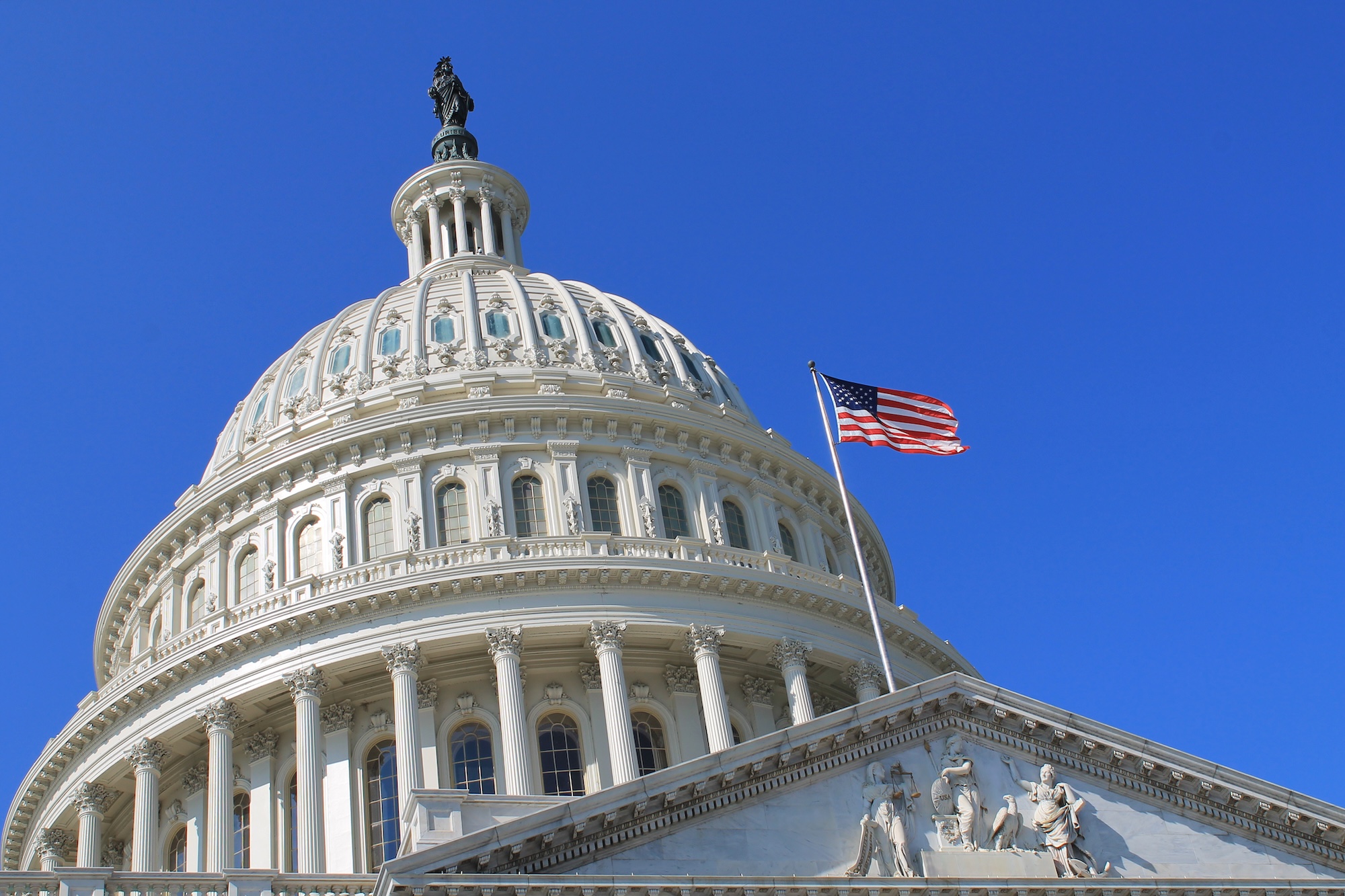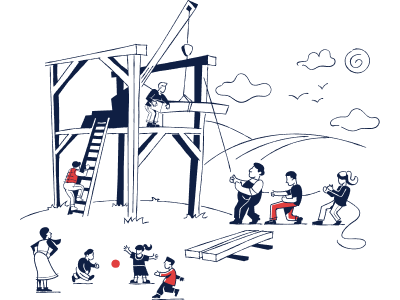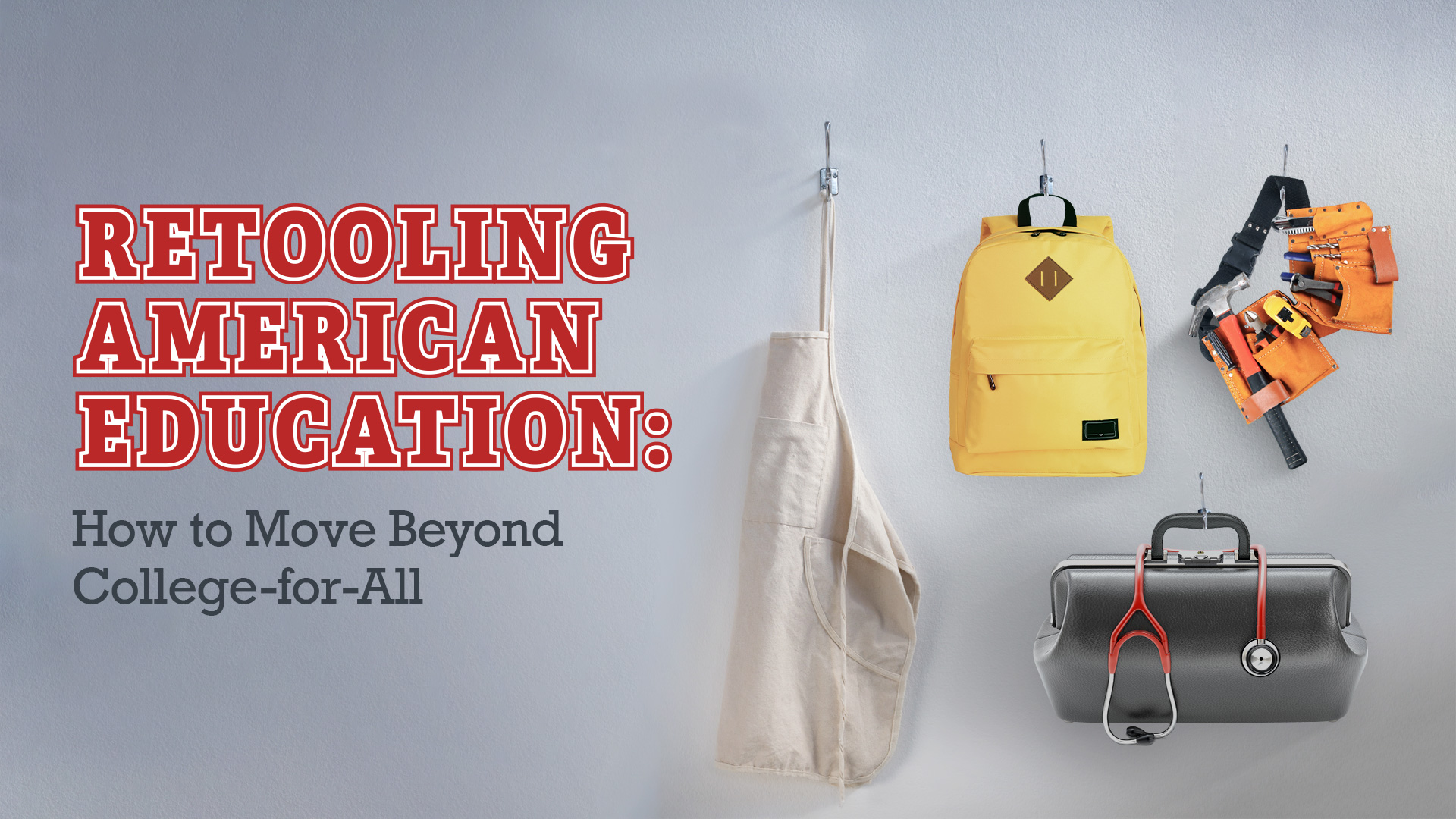
RECOMMENDED READING
Globalization’s ailments were supposed to have a ready cure. Education would prepare American workers to take advantage of the dynamic and well-paying careers of the future, even as many jobs that once supported families and communities headed overseas. American firms, employing this increasingly skilled workforce, would outcompete foreign rivals and expand into new markets.
When these things did not happen — when wages stagnated, cheap imports flooded domestic markets, and American exporters struggled to gain footholds abroad — many assumed the problem must be with education too. Employers lamented “skills gaps” that left them unable to find the talent they needed.
Colleges, already receiving more than $200 billion in public funding each year, demanded greater resources. Economists and pundits devised creative euphemisms to sound original as they repeated ad nauseum their prescription of education and training and, when those didn’t work, more of the same.
Recommended Reading
American Compass Releases Conservative Economic Agenda for 118th Congress
Today, American Compass is releasing New Direction: Conservative Principles & Policies for the 118th Congress, an agenda for economic renewal, focused on the interests of worker, their families and communities, and the nation.
Foreword: What’s in Your Toolbox?
American education must be equipped with diverse tools fit for students’ diverse aspirations.
Retooling American Education
How to Move Beyond College-for-All












